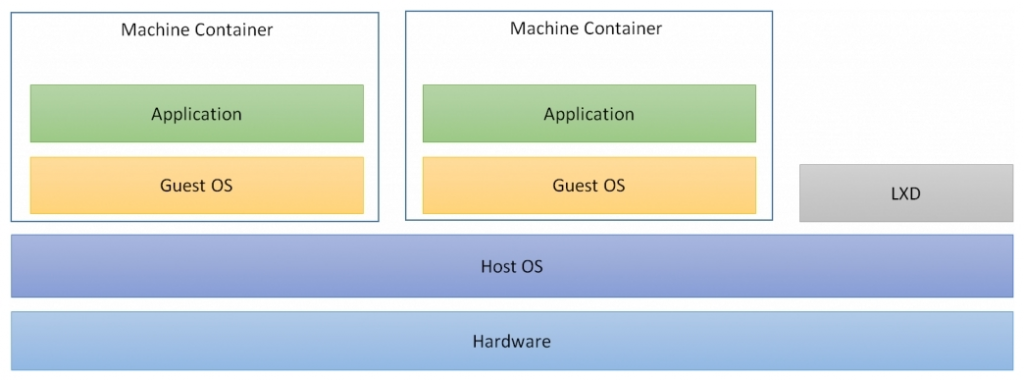The types of containers are as follows:
Machine containers are virtual environments that share the kernel of the host operating system but provide user space isolation. They look far more similar to virtual machines. They have their own init process, and may run a limited number of daemons. Programs can be installed, configured, and run just as they would be on any guest operating system. Similar to a virtual machine, anything running inside a container can only see resources that have been assigned to that container. Machine containers are useful when the use case is to run a fleet of identical or different flavors of distros.
Machine containers having their own operating system does not mean that they are running a full-blown copy of their own kernel. Rather, they run a few lightweight daemons and have a number of necessary files to provide a separate OS within another OS.
Container technologies such as LXC, OpenVZ, Linux vServer, BSD Jails, and Solaris zones are all suitable for creating machine containers.
The following figure shows the machine container concept:

While machine containers are designed to run multiple processes and applications, application containers are designed to package and run a single application. They are designed to be very small. They need not contain a shell or init process. The disk space required for an application container is very small. Container technologies such as Docker and Rocket are examples of application containers.
The following figure elaborates on application containers:




